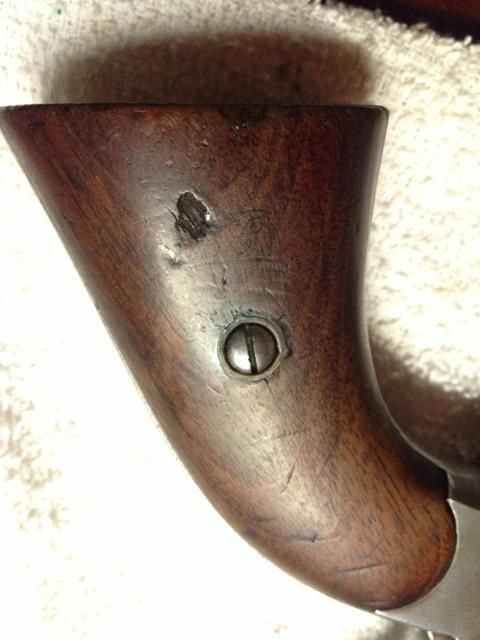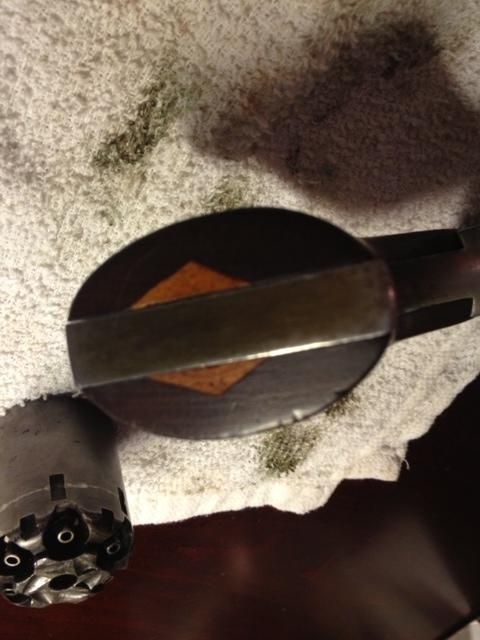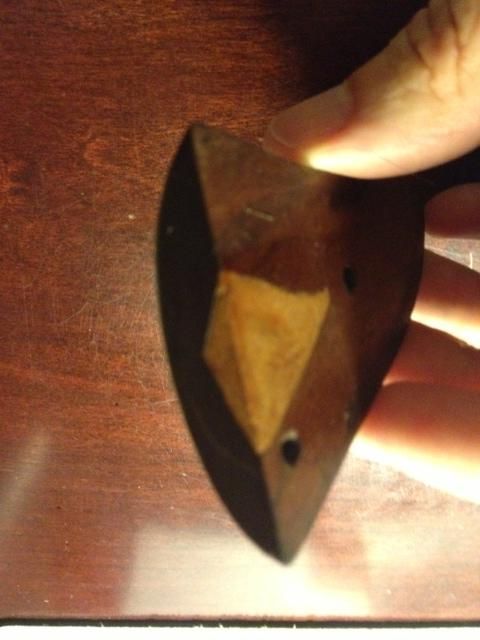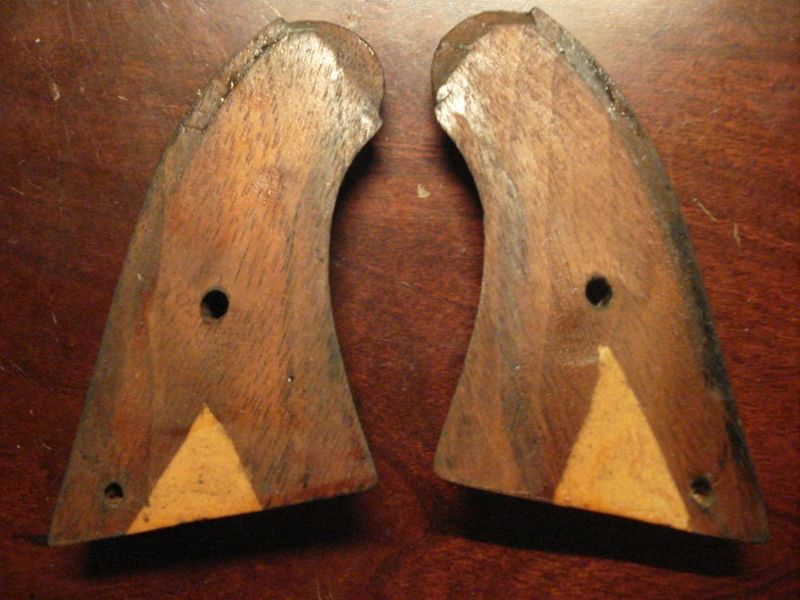spacecoast
New member
I have a Remington New Model Army percussion revolver, manufactured in June 1864 (76xxx serial #), and have a question about the grips. They look old enough to be original to the gun, but have a wood inlay that I wouldn't have guessed to be standard equipment in 1864. Pics are shown below.
The left grip appears to have the proper cartouche, however it is very faint and almost appears to be stamped on the surface of the wood rather than by making an impression in the wood.
Are these original grips?



The left grip appears to have the proper cartouche, however it is very faint and almost appears to be stamped on the surface of the wood rather than by making an impression in the wood.
Are these original grips?




